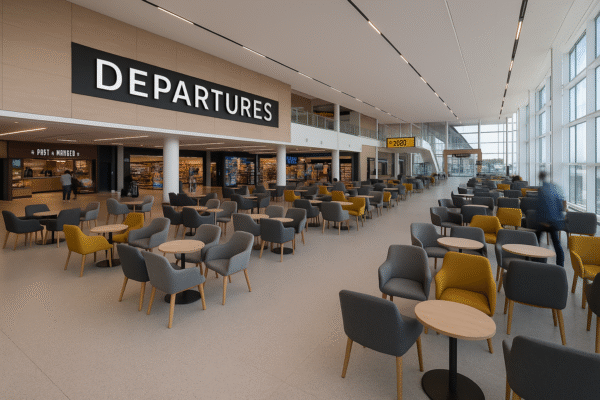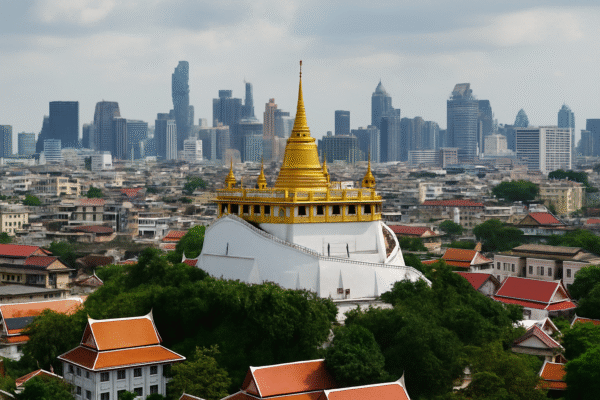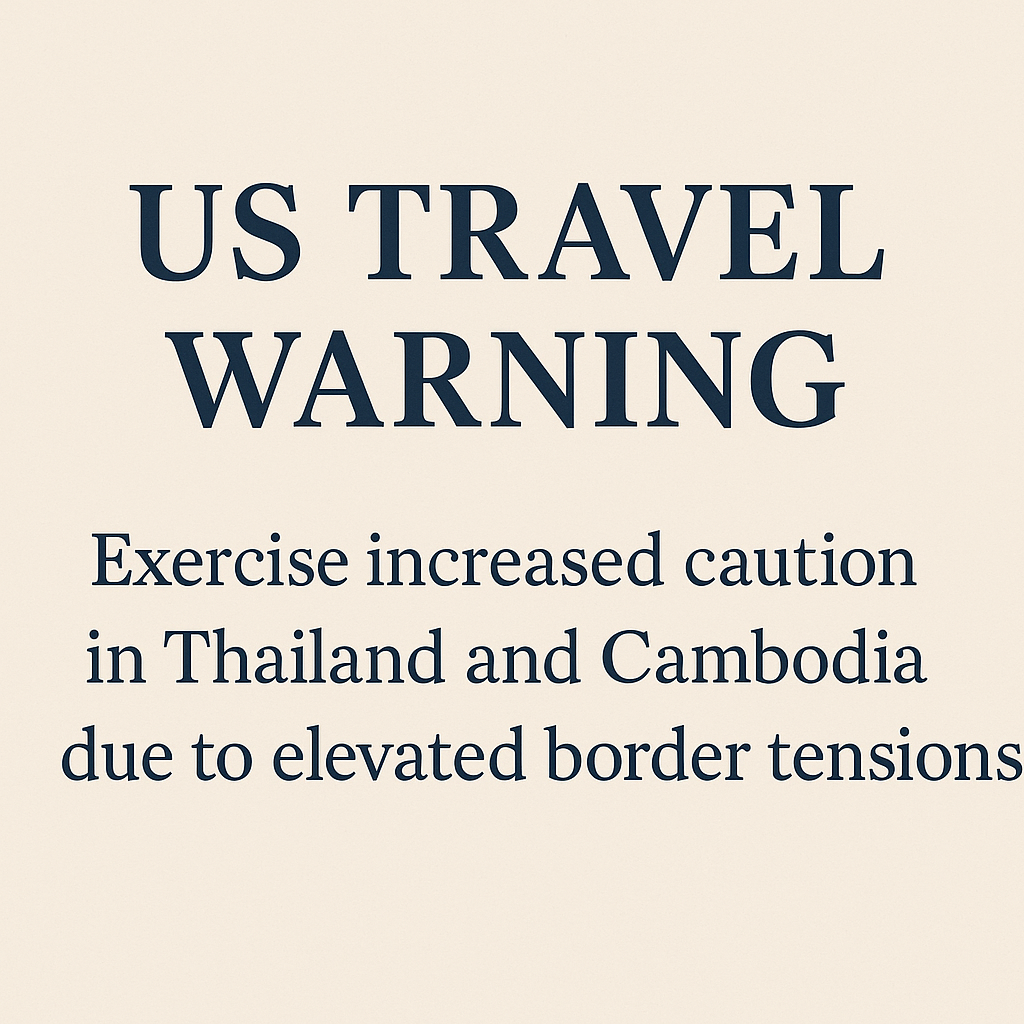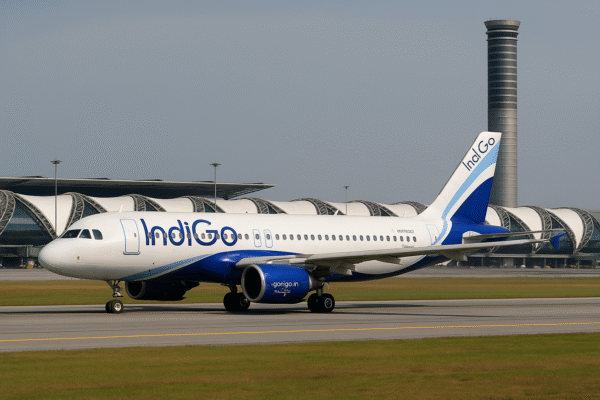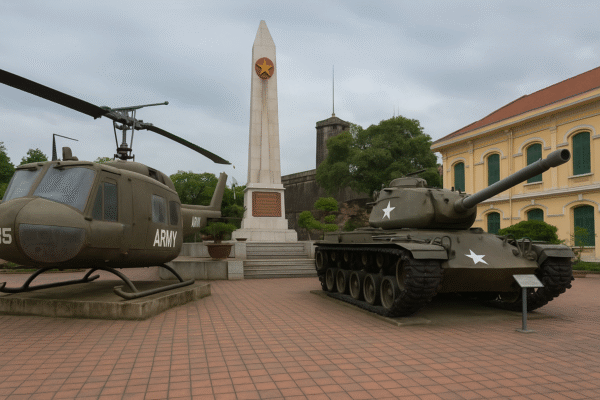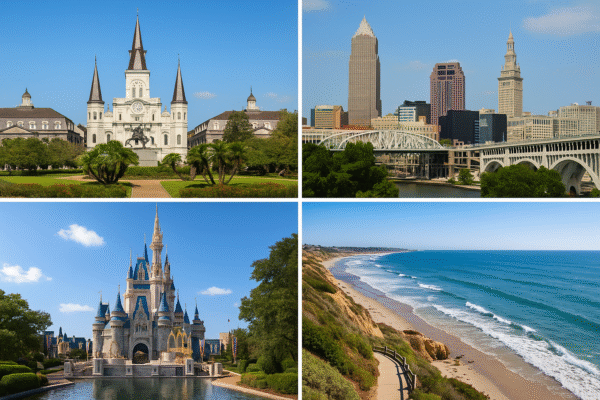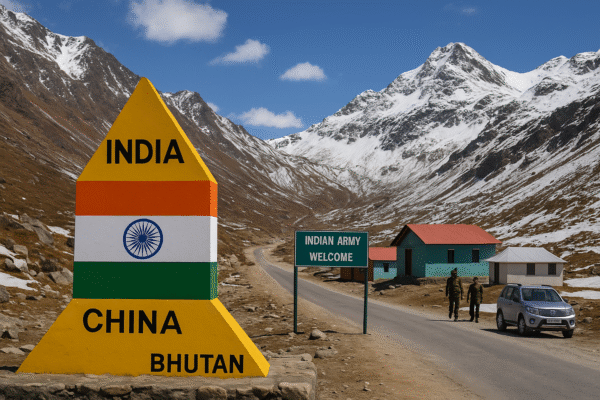Vietnam War Memorial Tourism Surges in 2025: Honoring History and Driving Cultural Travel
As Vietnam commemorates the 50th anniversary of the end of the Vietnam War in 2025, the country’s war memorials are witnessing a remarkable surge in global tourist interest. From underground tunnels and iconic museums to solemn prisons and historical palaces, Vietnam’s war heritage sites are not just reminders of the past—they have evolved into vital pillars of cultural tourism that educate, inspire, and connect people across generations and borders.
Vietnam’s deep-rooted war history is inextricably tied to its national identity. The scars of the past remain visible in its landmarks, but so too does the spirit of resilience and rebirth. While modern-day Vietnam is known for its bustling cities, beautiful coastlines, and vibrant culture, travelers are increasingly drawn to its war memorials, seeking to better understand the journey of a nation that has endured and overcome immense suffering.
War Remnants Museum: A Sobering Account of Conflict
Located in the heart of Ho Chi Minh City, the War Remnants Museum is one of the most visited cultural attractions in Vietnam. With over a million annual visitors, the museum provides a graphic and emotional portrayal of the Vietnam War, known locally as the American War.
Established in 1975, shortly after the war ended, the museum houses a powerful collection of photographs, personal testimonies, military equipment, and war remnants. Exhibits such as the My Lai Massacre gallery and the long-term impact of Agent Orange expose the devastating toll of the conflict on civilians and soldiers alike.
International visitors, particularly Americans, often describe the experience as transformative. It serves not only as an educational experience but also as an emotional journey that fosters empathy and deeper understanding of the war’s legacy. UNESCO and the Vietnam National Administration of Tourism (VNAT) have supported efforts to preserve and promote this institution as a cornerstone of global peace education.
Reunification Palace: Where War Ended and Unity Began
A short walk from the War Remnants Museum lies the Reunification Palace, formerly known as Independence Palace. The building marks the exact location where the Vietnam War ended on April 30, 1975, when North Vietnamese tanks famously crashed through its gates.
Today, the palace stands as a symbol of victory, reconciliation, and national reunification. The architecture remains largely unchanged since the 1960s, offering a time-capsule experience of South Vietnam’s government headquarters. Underground bunkers, war rooms, and presidential chambers provide a vivid sense of life during wartime.
Guided tours reveal both the grandeur and intensity of the era, drawing in history lovers and curious tourists alike. The Reunification Palace is not just a monument—it is a living classroom for peace, reminding visitors that dialogue and unity are stronger than division and violence.
Cu Chi Tunnels: Exploring Vietnam’s Underground Resistance
About 40 kilometers northwest of Ho Chi Minh City, the Cu Chi Tunnels stretch over 200 kilometers beneath the earth, once forming a complex and secretive network used by the Viet Cong during the war.
Now preserved as a historic site, the Cu Chi Tunnels allow visitors to crawl through portions of the narrow passageways, gaining firsthand insight into the survival strategies of wartime fighters. Demonstrations of hidden trapdoors, makeshift kitchens, and guerrilla tactics add an immersive layer to the experience.
The tunnels are a symbol of Vietnam’s tactical brilliance and indomitable spirit. For tourists, especially those unfamiliar with guerrilla warfare, the site provides a sobering yet fascinating education in human resilience. Cu Chi has grown into one of southern Vietnam’s most popular attractions, with infrastructure improvements and interpretation services provided by VNAT to enhance the visitor experience.
Hoa Lo Prison: The “Hanoi Hilton” Tells Its Story
In Hanoi, northern Vietnam’s most haunting war memorial is Hoa Lo Prison, notoriously dubbed the “Hanoi Hilton” by American prisoners of war (POWs). Originally built by the French colonial administration to imprison Vietnamese revolutionaries, the prison later held captured U.S. pilots during the Vietnam War.
Today, the preserved museum features cells, leg irons, and reconstructions of prison conditions. One of its most poignant exhibits includes the uniform of U.S. Senator John McCain, who was detained there for over five years.
Hoa Lo Prison’s significance transcends military history—it reflects Vietnam’s dual legacy of suffering and forgiveness. The site has become an essential stop for tourists exploring Hanoi’s cultural depth, alongside other attractions such as the Ho Chi Minh Mausoleum and Temple of Literature.
A Cultural and Economic Legacy
According to data from the Vietnam National Administration of Tourism, war-related tourism now accounts for a significant portion of heritage travel in the country. In 2024, over 5 million foreign visitors engaged in war memorial tours, a number expected to rise in 2025 due to the 50th anniversary commemorations.
Travel agencies across Vietnam have curated specialized historical itineraries, combining major war memorials with cultural sites, traditional cuisine, and community engagement experiences. Government initiatives under Vietnam’s “Tourism Development Strategy 2030” emphasize responsible tourism and the preservation of memory sites.
UNESCO, in cooperation with Vietnamese authorities, has also supported war memorial preservation as part of broader peace-building and educational outreach efforts. Several new projects are underway to enhance museum interpretation, digital archives, and multilingual visitor services.
Looking Forward: Remembering the Past, Embracing the Future
As Vietnam continues to rise as a leading Southeast Asian destination, its war memorials remain central to its identity and tourism narrative. These powerful landmarks do more than recount history—they honor sacrifice, foster international understanding, and celebrate national resilience.
In 2025, the 50th anniversary serves as a powerful reminder of the lessons of war and the importance of peace. Whether walking through the chilling halls of Hoa Lo Prison, crawling through the Cu Chi Tunnels, or reflecting at the War Remnants Museum, visitors leave Vietnam not just with photos—but with stories, emotions, and deeper respect for a nation that turned tragedy into triumph.
For more travel news like this, keep reading Global Travel Wire



